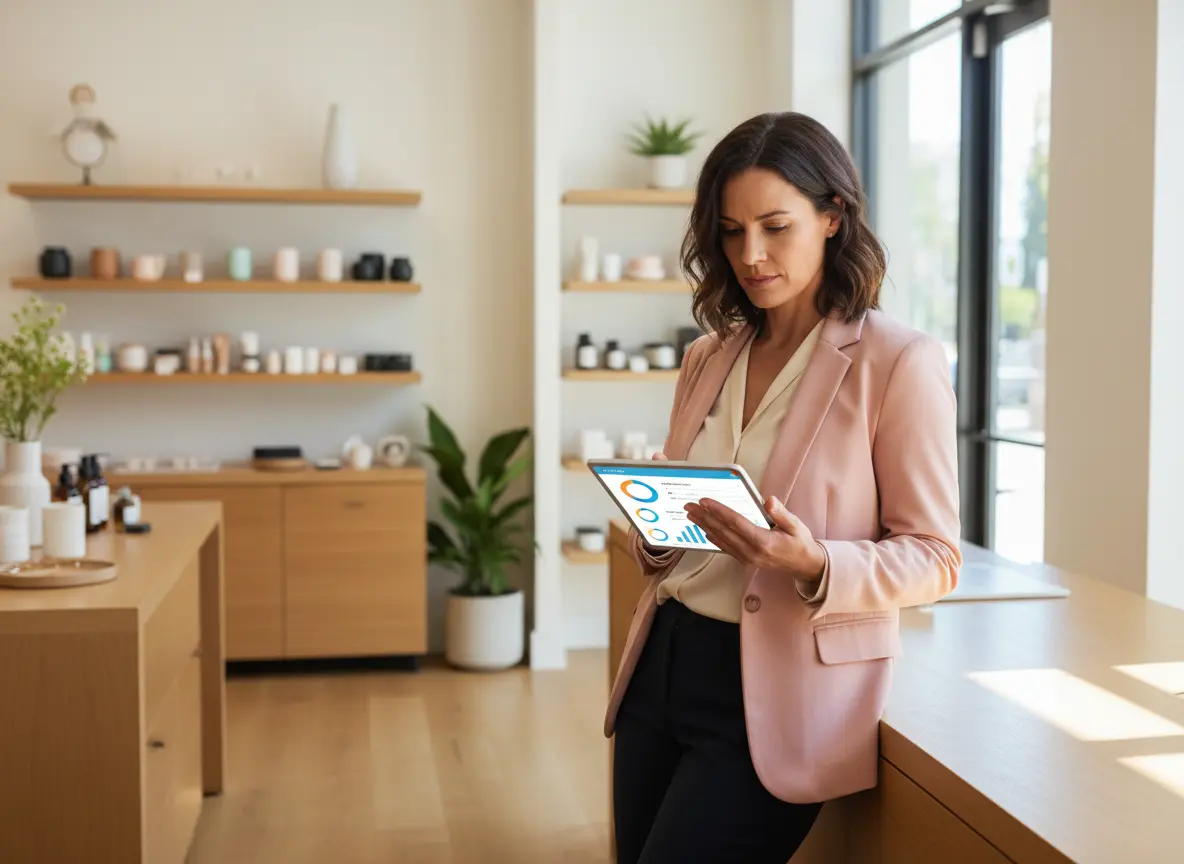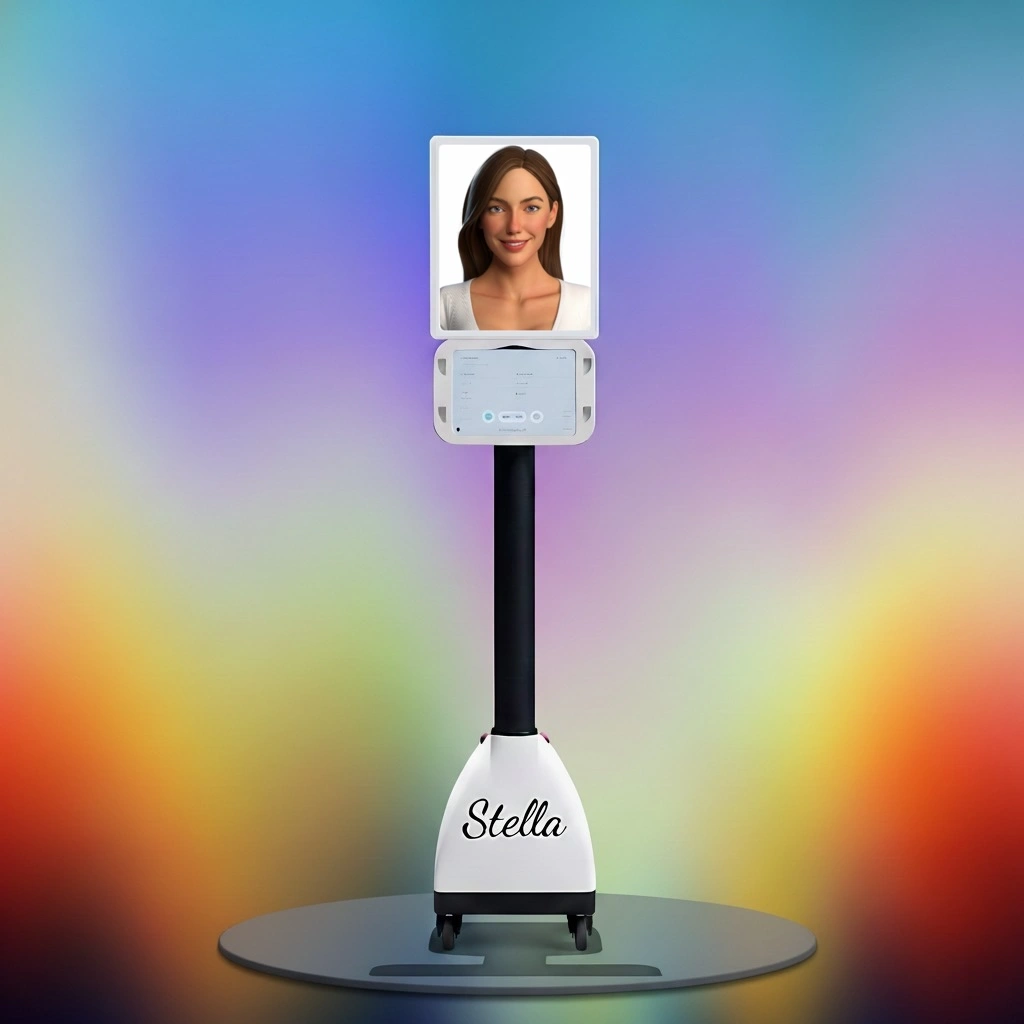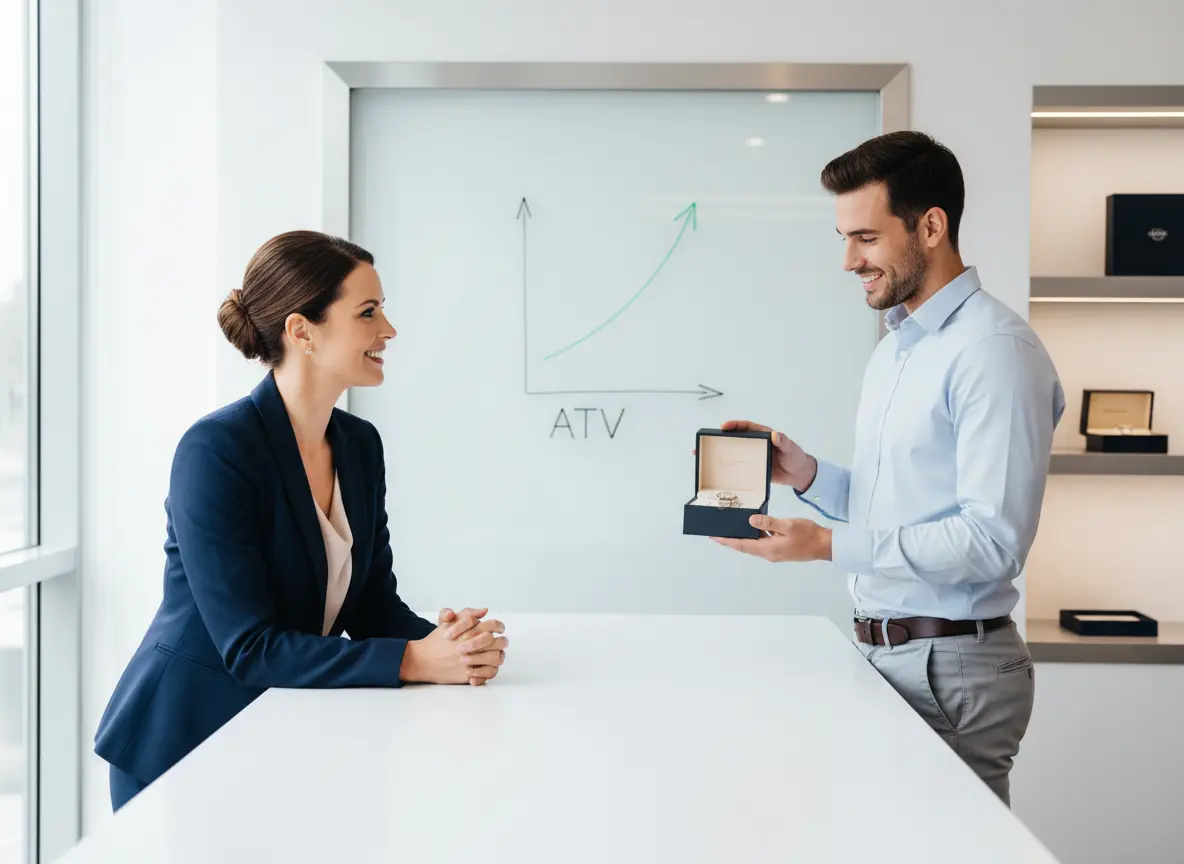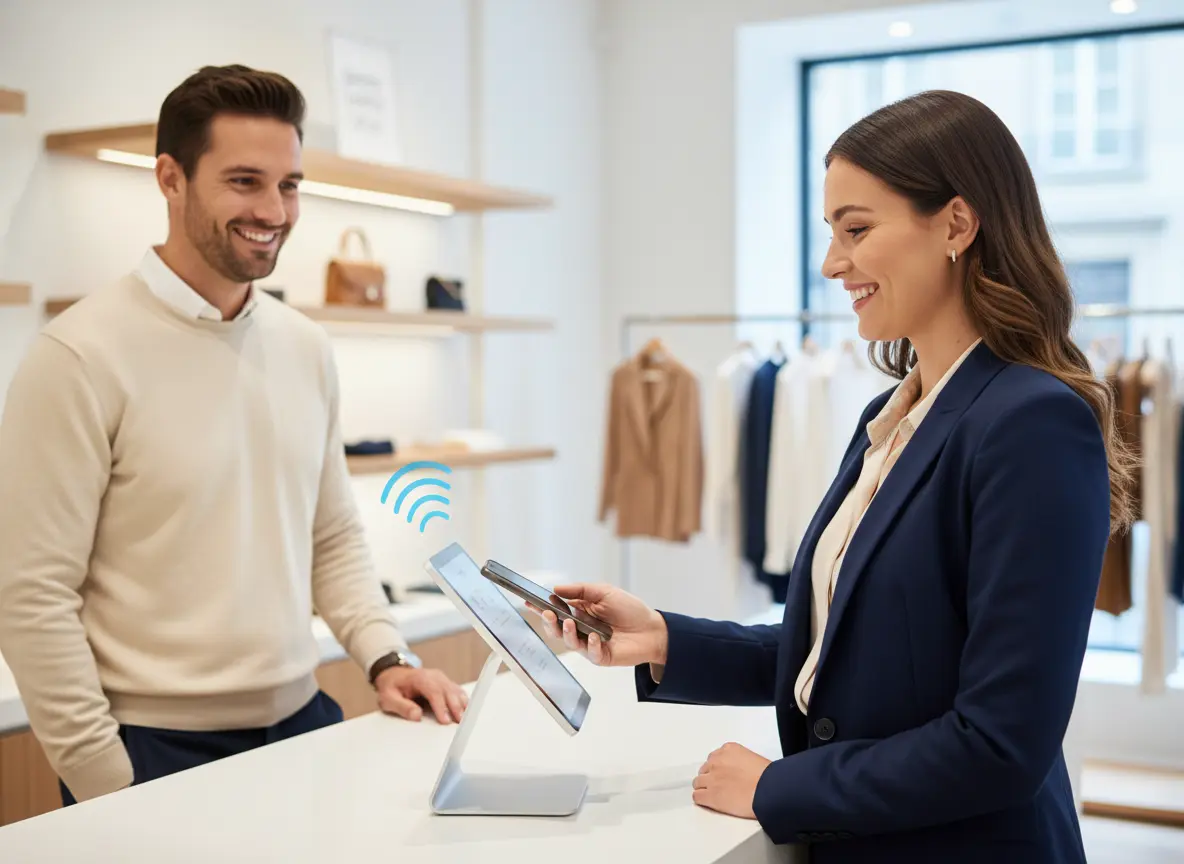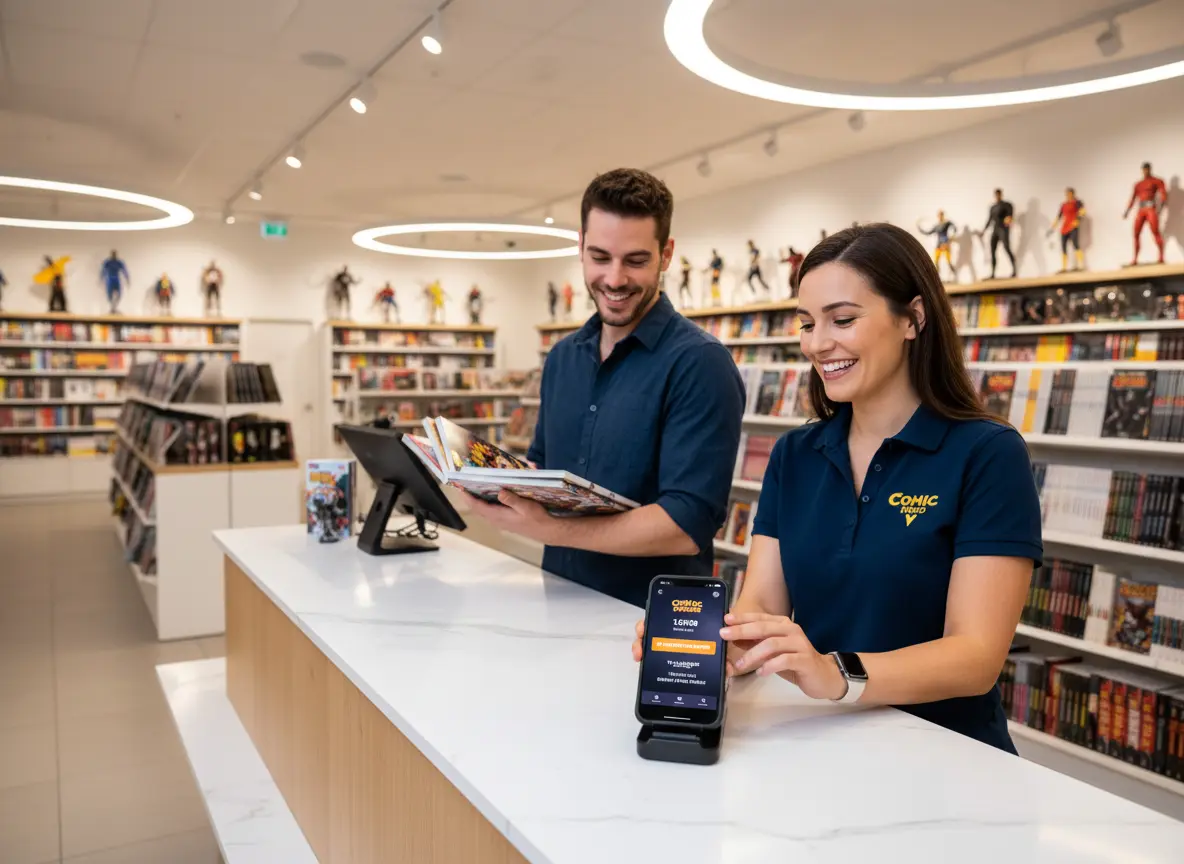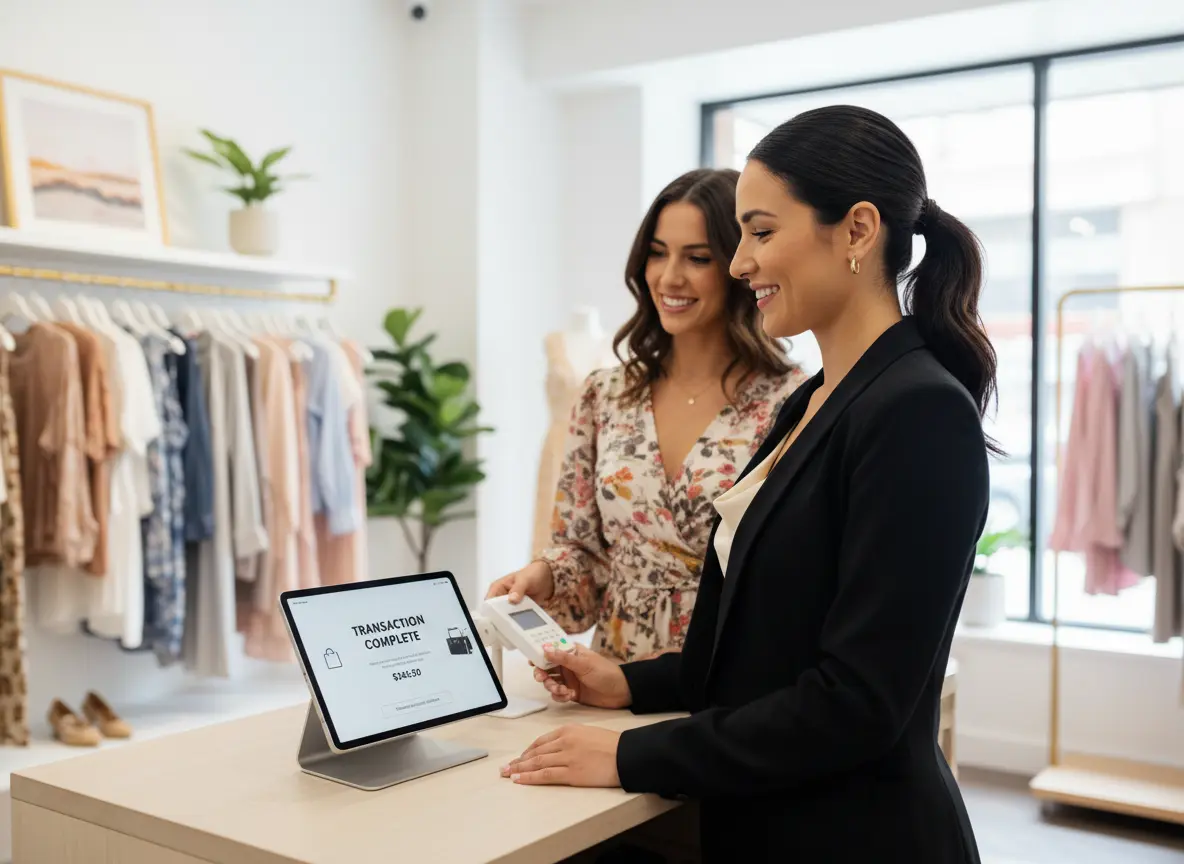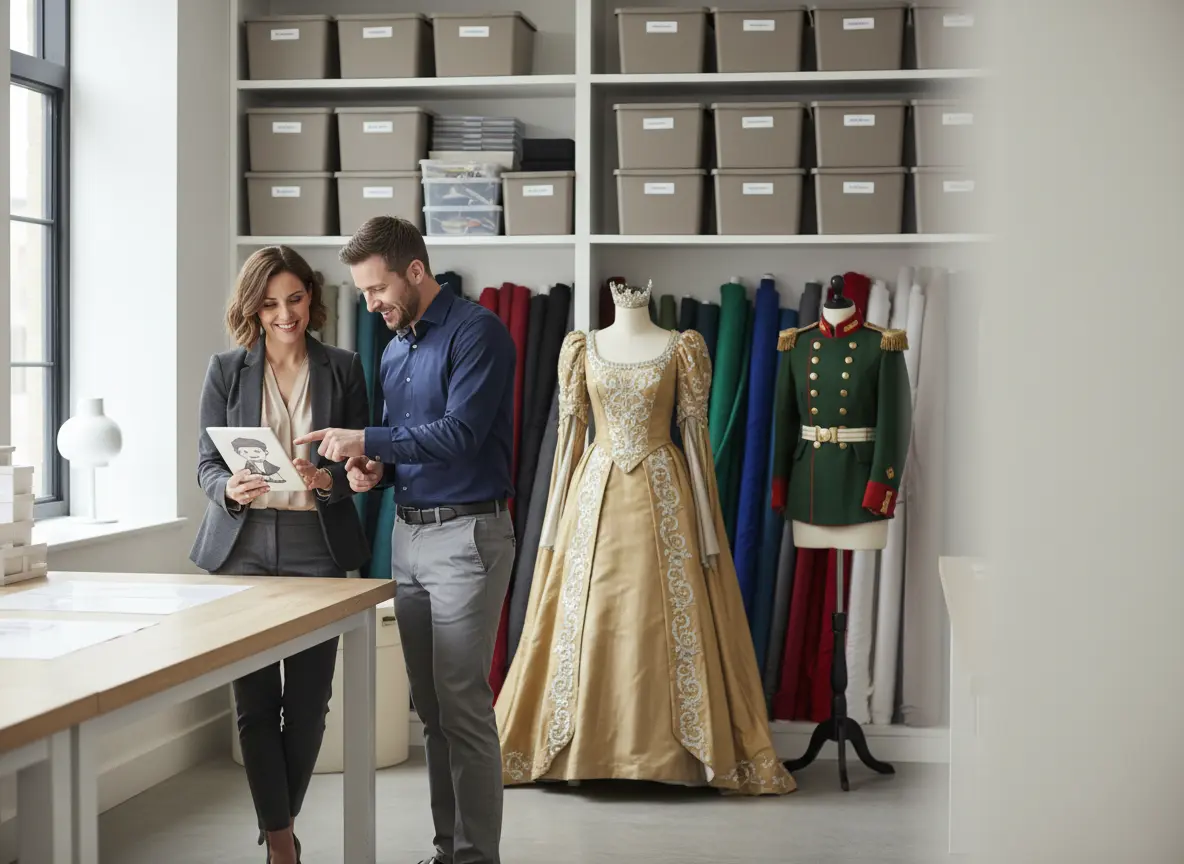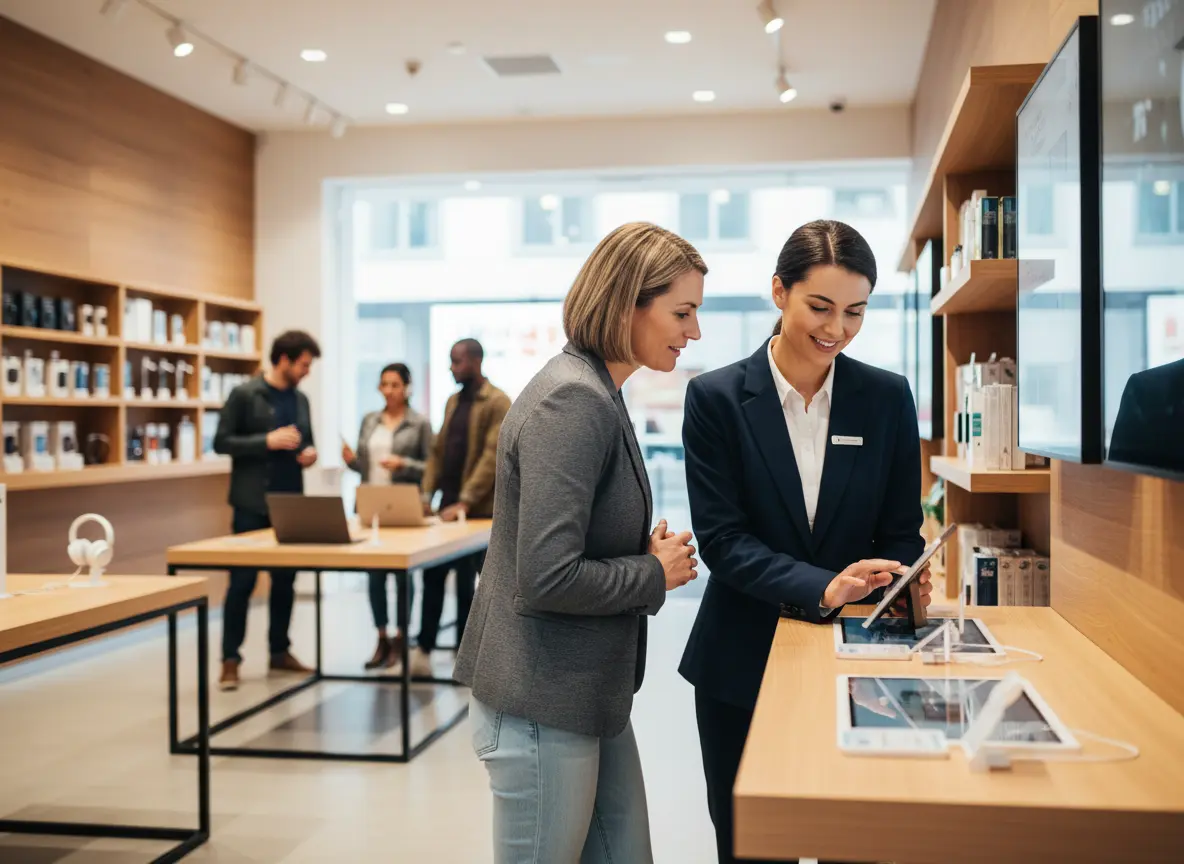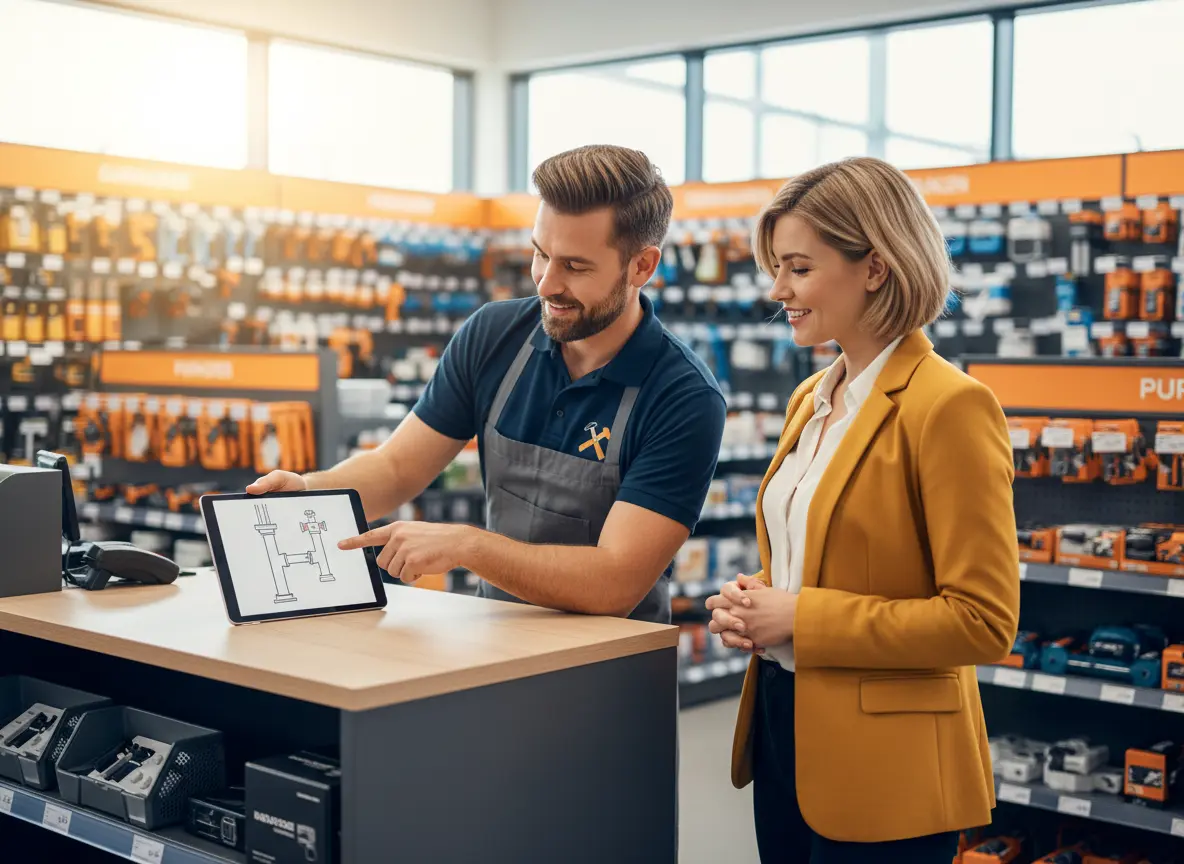So, You Think You're Ready for a CRM? Let's Be Honest.
Ah, the good old days of retail: a friendly face, a firm handshake, and a leather-bound ledger that held all your customer secrets. Fast forward to today, and your "ledger" is a chaotic collage of sticky notes, half-remembered conversations, and that one spreadsheet you haven't updated since last year's holiday rush. You know Mrs. Gable loves the lavender-scented candles, but that crucial tidbit is scribbled on a receipt that’s now probably insulating a bird's nest.
If this sounds painfully familiar, you've probably heard the whispers of a solution. A mythical, three-letter acronym that promises to organize your chaos and turn casual shoppers into lifelong fans: CRM. A Customer Relationship Management system. It sounds corporate, expensive, and frankly, a bit like overkill for your beloved shop, right? Maybe. But maybe, just maybe, your sticky-note system is costing you more than you think. Let's dig in and see if you’re ready to graduate to the big leagues of customer data.
The Telltale Signs You've Outgrown Your "System"
Denial is a powerful force, but sales figures don't lie. Your current method of managing customer relationships might feel charmingly old-school, but it's likely holding you back. If you find yourself nodding along to the following scenarios, it might be time for an intervention.
Your Customer "Database" is a Frankenstein's Monster
Is your customer information scattered across your email contacts, a notebook by the register, your phone's contact list, and the collective memory of your staff? Congratulations, you’ve built a data monster. This patchwork "system" is not only inefficient, it's a liability. Information gets lost, it's impossible to share among staff, and you can forget about trying to analyze any of it. Every lost detail—a birthday, a favorite brand, a past complaint—is a missed opportunity to make a customer feel seen and valued. When you have to ask a regular for their email for the tenth time, you're not building a relationship; you're testing their patience.
"Personalization" Means Remembering a Regular's Name (Sometimes)
Knowing your regulars by name is fantastic. It's the heart of small retail. But what about the other 95% of your customers? True personalization in modern retail goes beyond a friendly greeting. It's about understanding purchase history to make relevant suggestions, knowing a customer's preferences to notify them of new arrivals, and sending them offers that actually matter to them. Relying on memory alone means your personalized touch doesn't scale. As you grow, more and more customers get the same generic experience. And in a world where consumers expect tailored interactions—a whopping 71% of them, according to McKinsey—"generic" is just another word for "forgettable."
Your Marketing Feels Like Shouting into the Void
Are you sending the same promotional email to every single person on your list? A "20% off everything!" blast might seem effective, but it's the marketing equivalent of a sledgehammer. You're annoying the customers who just bought something at full price and offering discounts to people who would have paid full price anyway. A CRM allows for segmentation. Imagine sending a "new shipment of hiking boots" email only to customers who previously bought outdoor gear. Or a special birthday discount that arrives automatically during their birth month. That’s not just marketing; it's smart, targeted communication that builds loyalty and drives sales without devaluing your brand.
But First, You Need Something to Manage
A CRM is a phenomenal tool for organizing data, but it has one glaring weakness: it can't create relationships out of thin air. It needs data, and the best data comes from genuine, consistent customer engagement. Before you can manage a relationship, you have to start one, and that begins the moment a shopper walks through your door.
The Frontline of Data and Delight
Think about the most valuable insights you get. They come from casual questions, offhand comments, and observing what people gravitate towards in your store. The challenge is capturing this consistently. Your staff is busy, and not every interaction gets logged. This is where the first step toward a data-driven strategy begins. Tools on the frontline, like our in-store robot assistant Stella, are designed to bridge this gap. She greets every single customer, ensuring no one feels ignored. More importantly, she’s a data-gathering powerhouse in disguise. When she promotes a specific BOGO deal and gets a dozen inquiries in an hour, that's a powerful, real-time insight into what's resonating with your shoppers. This pre-CRM engagement provides the qualitative data—the "why" behind the "what"—that will make your future CRM efforts so much more effective.
Okay, I'm Convinced. Now What? Choosing Your First CRM
Alright, you’ve faced the music. The sticky notes are a fire hazard and your memory isn't the supercomputer you thought it was. You’re ready for a CRM. Deep breaths. This doesn't have to be a complicated or terrifying process. The key is to be realistic and strategic.
Don't Buy a Spaceship to Go to the Grocery Store
The biggest mistake small retailers make is getting seduced by complex, enterprise-level CRMs designed for massive sales teams. You do not need Salesforce to run your boutique. You need a system that’s intuitive, affordable, and tailored to retail. Look for platforms that offer these core features, and nothing more (for now):
- Contact Management: A centralized, digital rolodex to store customer names, emails, and notes.
- Purchase History: The ability to easily see what a customer has bought in the past.
- Simple Segmentation: Tools to group customers based on their behavior (e.g., big spenders, recent visitors, etc.).
- Email Integration: Connects directly with services like Mailchimp or Klaviyo to make targeted marketing a breeze.
Start there. You can always upgrade later as your needs become more sophisticated.
The Implementation Gauntlet: It's Not as Scary as It Sounds
Getting a CRM up and running is a project, but it's a manageable one. Break it down into three phases. First, clean your data. Yes, that means finally consolidating those spreadsheets and deciphering your handwriting. It’s tedious but non-negotiable. Garbage in, garbage out. Second, train your team. A CRM is useless if nobody uses it. Show your staff how it makes their jobs easier—no more trying to remember who likes what, just a quick search. Finally, start small. Don't try to launch a complex, multi-tiered loyalty program on day one. Start by simply logging customer info and tracking purchases. Master the basics before you move on to the advanced stuff.
How Do You Know It's Working (Besides Feeling Smug)?
The goal isn't just to have a CRM; it's to use it to improve your business. How will you measure success? Don't get lost in a sea of metrics. Focus on a few key performance indicators (KPIs) that directly impact your bottom line:
- Customer Retention Rate: Are the same people coming back more often?
- Average Order Value (AOV): Are your personalized recommendations leading to larger basket sizes?
- Email Campaign Performance: Are your segmented emails getting higher open and click-through rates than your old "batch and blast" messages?
Tracking these numbers will prove the ROI and justify the effort, turning your CRM from a fancy expense into an indispensable business asset.
A Quick Reminder About Stella
Before you dive headfirst into managing customer data, remember that the best relationships start with a great first impression. An in-store assistant like Stella ensures every shopper is greeted, engaged, and informed, laying the perfect groundwork for the long-term loyalty you’ll track in your shiny new CRM.
Conclusion: Ditch the Sticky Notes, Embrace the Future
Let's be real: transitioning from an analog system to a digital one feels like a big leap. A CRM isn't a magic wand that will instantly triple your profits. It's a tool. But it's an incredibly powerful tool that, when chosen wisely and implemented thoughtfully, can transform the way you understand and interact with your customers. It allows you to bring the personal touch of a small-town shop to a larger, growing audience.
So, are you ready? If the signs are there, don't wait until your data monster completely takes over. Here are your next steps:
- Audit your current "system." Be brutally honest about what's not working.
- Identify your single biggest customer management pain point. Is it marketing? Personalization? Just keeping track of people?
- Start your research. Look up two or three CRMs built specifically for small retail. Read reviews, watch demos, and find one that feels right for you.
Your future, less-stressed self will thank you. Now go on, get organized.
